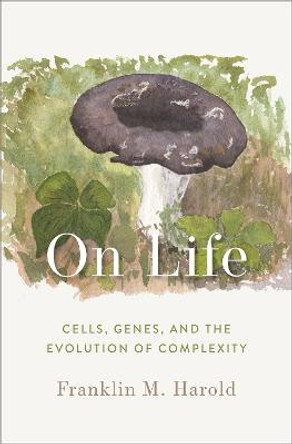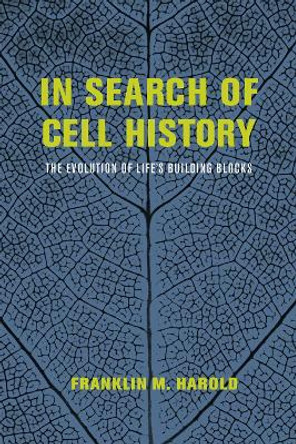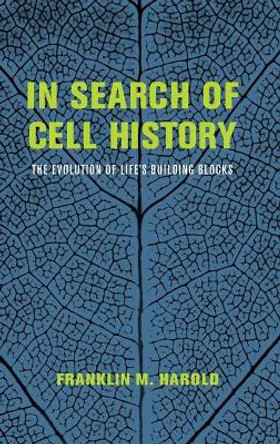What is life? Fifty years after physicist Erwin Schrodinger posed this question in his celebrated and inspiring book, the answer remains elusive. In The Way of the Cell, one of the world's most respected microbiologists draws on his wide knowledge of contemporary science to provide fresh insight into this intriguing and all-important question. What is the relationship of living things to the inanimate realm of chemistry and physics? How do lifeless but special chemicals come together to form those intricate dynamic ensembles that we recognize as life? To shed light on these questions, Franklin Harold focuses here on microorganisms--in particular, the supremely well-researched bacterium E. coli--because the cell is the simplest level of organization that manifests all the features of the phenomenon of life. Harold shows that as simple as they appear when compared to ourselves, every cell displays a dynamic pattern in space and time, orders of magnitude richer than its elements. It integrates the writhings and couplings of billions of molecules into a coherent whole, draws matter and energy into itself, constructs and reproduces its own order, and persists in this manner for numberless generations while continuously adapting to a changing world. A cell constitutes a unitary whole, a unit of life, and in this volume one of the leading authorities on the cell gives us a vivid picture of what goes on within this minute precinct. The result is a richly detailed, meticulously crafted account of what modern science can tell us about life as well as one scientist's personal attempt to wring understanding from the tide of knowledge.
About the AuthorFranklin M. Harold is Emeritus Professor of Biochemistry and Molecular Biology at Colorado State University. He lives in Edmonds, Washington.
Reviews"The work is like a breath of fresh air in a scientific world otherwise obsessed with excessive reductionism."--BioEssays
"Witty and erudite, this scientific book hails as a literary achievement. Comprehensive and up to date, Franklin Harold traces the roots--historical, thermodynamic, and biochemical--of today's biological revolution."--Lynn Margulis, co-author (with Dorion Sagan) of both What is Life? and What is Sex?
"This book helps us understand why the search for answers to the riddle 'What is life?' is a noble quest."--Howard C. Berg, author of Random Walks in Biology
Book InformationISBN 9780195163384
Author Franklin M. HaroldFormat Paperback
Page Count 320
Imprint Oxford University PressPublisher Oxford University Press
Weight(grams) 499g
Dimensions(mm) 156mm * 235mm * 23mm









